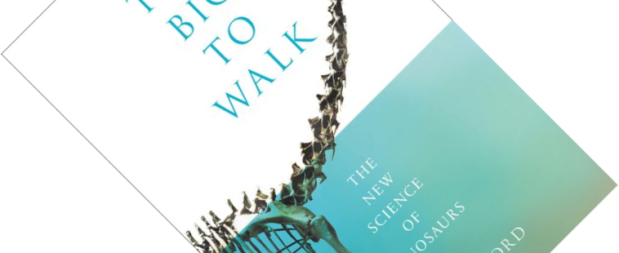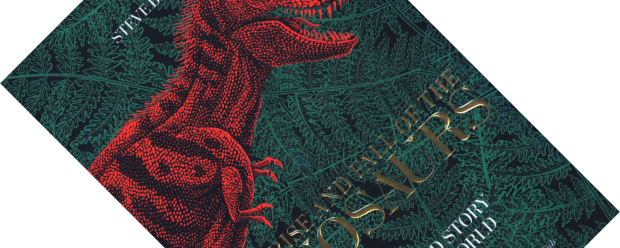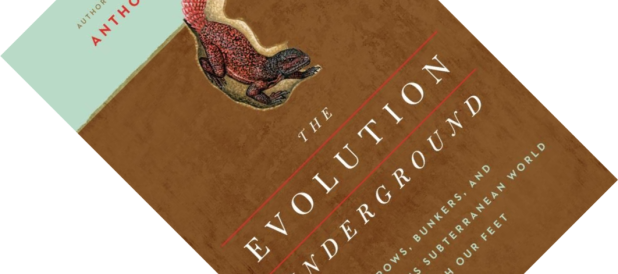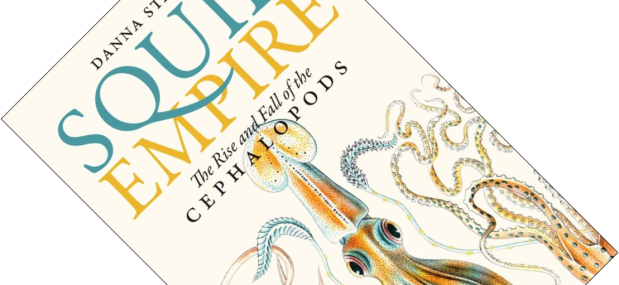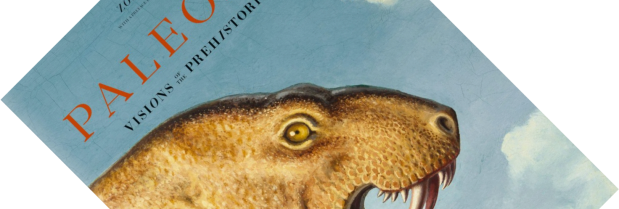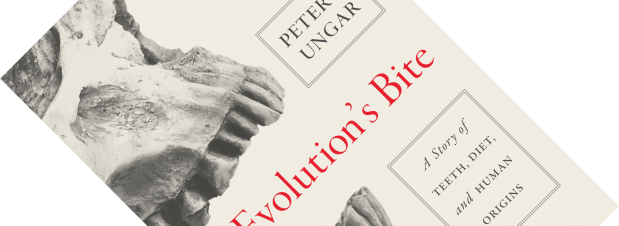It should have been a straightforward expedition. As a young career palaeontologist, Nick Pyenson found himself in the Atacama desert of Chile, tasked with mapping rock layers to establish a continuous chronology that would help dating fossils found in the area. Whale fossils, Pyenson’s speciality, are rarely found complete, which is true of most fossils. So what do you do when a colleague takes you to the construction site of a new highway and shows you not one, not several, but literally dozens of complete fossil whale skeletons? It represented a treasure trove for science, but retrieving the material before the highway constructors would move in was also a daunting, labour-intensive task that could make or break careers. I almost found myself standing next to Pyenson in the dusty clearing, the Chilean sun beating down on me as he faced this dilemma. This is just one of several immersive narratives recounted in Spying on Whales, which successfully blends travelogue and popular science.
palaeontology
Book review – Too Big to Walk: The New Science of Dinosaurs
Every academic discipline has a few, the contrarian naysayers who steadfastly believe their idea is true, even if it flies in the face of natural laws and mountains of evidence to the contrary. Physicists have to contend with inventors of perpetual motion machines, astronomers and geographers have to put up with the growing legion of flat-earthers, and palaeontologists are now faced with this. Ladies and gentlemen, allow me to introduce Brian J. Ford and his amazing aquatic dinosaurs.
Book review – The Oceans: A Deep History
So, stop me if you’ve heard this one before, but it is often said that we know more about the moon than we do about our own oceans. However, palaeo-oceanographer and climate scientist Eelco J. Rohling points out we know more than you might think. His new book, The Oceans: A Deep History, takes the reader through a 4.4-billion-year history of Earth’s oceans. Much more than just a book about water, this is foremost a book about the intimate link between our planet’s climate and its oceans, as they are far more intertwined than you might give them credit for.
Book review – The Rise and Fall of the Dinosaurs: The Untold Story of a Lost World
Dinosaurs. You could fill a library with the books written about them. Why write another one? Because the field is moving fast: new fossils are constantly being found, new species are being described, and new techniques allow us to ask completely new questions. Being a young career-palaeontologist at the top of your field is another good reason. And Steve Brusatte does not lack ambition. Rather than singling out any one topic, The Rise and Fall of the Dinosaurs gives you the whole epic story, from the early beginnings right up to the abrupt end. Given the brief Brusatte has set himself he obviously doesn’t cover everything exhaustively, but he succeeds admirably in giving you a very relevant overview of where we are now.
Book review – The Evolution Underground: Burrows, Bunkers, and the Marvelous Subterranean World Beneath Our Feet
An underground lair… what child didn’t daydream about it? As a child, I spent several summer holidays with friends constructing one. Granted, we didn’t really burrow, we dug a pit and put a roof back over it. Even so, if I am to believe Anthony J. Martin, I am but one in a long line of burrowing animals. With The Evolution Underground, Martin paints a surprising picture of the underrated role that burrowing has played throughout evolutionary history.
Book review – Squid Empire: The Rise and Fall of the Cephalopods
Cephalopods, the group of molluscs that include the octopus, squid, cuttlefish and nautilus, are some of the most fascinating invertebrates to live in the world’s seas. Especially the octopus is famed for its intelligence and mind-bending acrobatics, being able to squeeze through the smallest hole. There have been some fantastic popular books on cephalopods recently, from William’s entertaining Kraken: The Curious, Exciting, and Slightly Disturbing Science of Squid to several works focusing on the octopus (Godfrey-Smith’s Other Minds: The Octopus and the Evolution of Intelligent Life, Montgomery’s touching The Soul of an Octopus: A Surprising Exploration of One of the World’s Most Intriguing Creatures, which made me tear up in more than one place, Mather et al.‘s Octopus: The Ocean’s Intelligent Invertebrate, and Harmon Courage’s Octopus! The Most Mysterious Creature in the Sea). But, as marine biologist Danna Staaf remarks, what’s been missing is a popular book on the evolution of cephalopods. Having been fascinated with them since childhood, she eventually decided to write Squid Empire. All hail the squid!
Book review – Dinosaur Art II: The Cutting Edge of Paleoart
In 2012, Titan Books published Dinosaur Art: The World’s Greatest Paleoart, showcasing the artwork of 10 famous palaeoartists. That book is still on my wishlist. Five years later they have followed this up with Dinosaur Art II. The title may not be terribly imaginative, but, by Jove, the artwork is! The child in me got all giddy at the chance to review this book.
Book review – Patrons of Paleontology: How Government Support Shaped a Science
The Life of the Past series of Indiana University Press has got to be one of my favourite book series on palaeontology. Coming to think of it, it is probably also the only book series written for a wide audience on palaeontology that I can think of (cue the comments that will prove me wrong…). Jane P. Davidson has previously written A History of Paleontology Illustration in this series (Indiana UP, I like how you harked back to the cover design of that book with this book). With the current book, she takes a look at the financial supporters of this discipline, and how their support has shaped the science. Sounds like a fairly esoteric topic, yet my interest was piqued.
Book review – Paleoart: Visions of the Prehistoric Past, 1830-1980
Palaeoart (not to be confused with Palaeolithic art, i.e. cave paintings) has a long and rich history of artworks that have helped us imagine the prehistoric past, from dinosaurs and mammals to cavemen. As an art genre though, it is largely ignored and looked down upon a bit, popular as these images are with children and the unwashed masses. This book aims to set the record straight and celebrate a carefully curated selection of palaeoart covering some 150 years, from the first works in the 1830s up to the 1980s. The book calls itself a two-fold time machine. Or, to paraphrase American artist Walton Ford in his preface, the book is a look back in time at what looking back in time looked like.
Book review – Evolution’s Bite: A Story of Teeth, Diet, and Human Origins
“Show me your teeth and I will tell you who you are” Cuvier is reported to have said. That, in short, is the brief of this book. Drawing on a range of disciplines – such as archaeology, palaeoclimatology, materials science, primatology, anthropology and evolutionary biology – this book weaves a compelling narrative of what our teeth, and those of our ancestors, can tell us about our past diets, and how we came to be the species we are today. Why teeth? Because, as Ungar contends, teeth are special.


